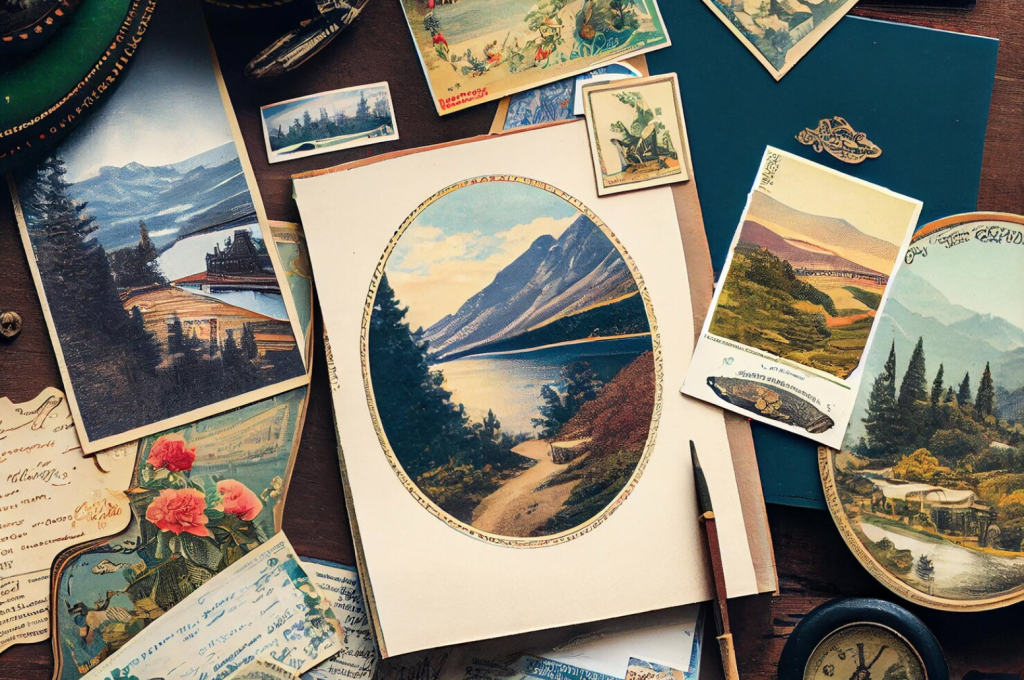Introduction: As stamp collectors, we are custodians of history, guardians of heritage, and stewards of passion. Our collections are not just assortments of stamps but repositories of stories, memories, and legacies waiting to be shared. Passing down a stamp collection through generations is more than an act of inheritance—it’s a continuation of a timeless tradition, a gift of knowledge and wonder, and a bridge connecting past, present, and future. Let’s explore the profound significance of building your legacy through the preservation and passing down of your cherished stamp collection.
- Preserving Heritage: An Enduring Legacy
- Stamp collecting is a journey through time, preserving the cultural, historical, and artistic heritage of nations and peoples.
- By passing down a stamp collection through generations, collectors ensure that this rich legacy is preserved and safeguarded for future appreciation.
- The stamps within the collection serve as tangible artifacts that connect descendants to their ancestors, offering glimpses into the lives, interests, and passions of previous generations.
- Fostering Connection: Bridging Generations
- A stamp collection serves as a bridge that spans generations, fostering connection, dialogue, and understanding between family members.
- Sharing the stories and memories behind each stamp cultivates a sense of continuity and belonging, strengthening family bonds and creating shared experiences that transcend time.
- The act of passing down a stamp collection becomes a cherished tradition, symbolizing the transmission of values, interests, and cultural heritage from one generation to the next.
- Inspiring Curiosity: Igniting the Spark of Discovery
- A stamp collection is more than a static assortment of stamps—it’s a treasure trove of knowledge, curiosity, and discovery waiting to be explored.
- Passing down a stamp collection to younger generations sparks an interest in history, geography, art, and culture, inspiring curiosity and lifelong learning.
- As descendants delve into the collection, they uncover stories, unravel mysteries, and embark on their own philatelic journeys, carrying forward the passion and enthusiasm of their predecessors.
- Cultivating Values: Transmitting Lessons of Patience and Appreciation
- Stamp collecting instills valuable lessons of patience, perseverance, and appreciation for beauty and history.
- Passing down a stamp collection imparts these timeless values to future generations, teaching them the importance of diligence, discipline, and attention to detail.
- Through the act of collecting and preserving stamps, descendants learn to appreciate the intrinsic worth of objects, the significance of preserving heritage, and the joy of lifelong pursuits.
- Creating a Lasting Legacy: Leaving an Imprint on the Future
- A stamp collection is not just a collection of stamps—it’s a legacy, a testament to the collector’s passion, dedication, and love of philately.
- By passing down a stamp collection through generations, collectors leave an indelible imprint on the future, shaping the cultural landscape and enriching the lives of those who come after them.
- The legacy embodied in a well-preserved and carefully curated stamp collection transcends time, inspiring future generations to carry forward the tradition of stamp collecting and preserving history for posterity.
Conclusion: As stamp collectors, we have the privilege and responsibility of preserving history and building legacies that endure beyond our lifetimes. By passing down our cherished stamp collections through generations, we ensure that the stories, memories, and passions they contain continue to inspire, educate, and connect future collectors for years to come. In this act of legacy-building, we leave an invaluable gift—a window to the past and a beacon guiding the way forward for generations yet to come.



